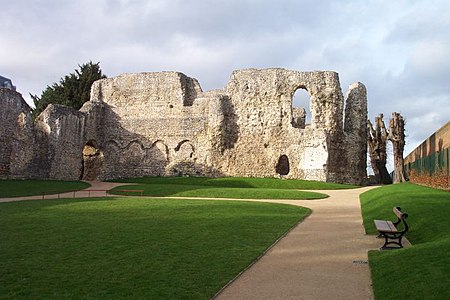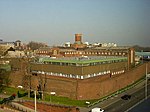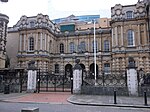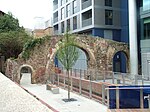Reading Abbey

Reading Abbey is a large, ruined abbey in the centre of the town of Reading, in the English county of Berkshire. It was founded by Henry I in 1121 "for the salvation of my soul, and the souls of King William, my father, and of King William, my brother, and Queen Maud, my wife, and all my ancestors and successors." In its heyday the abbey was one of Europe's largest royal monasteries. The traditions of the Abbey are continued today by the neighbouring St James's Church, which is partly built using stones of the Abbey ruins.Reading Abbey was the focus of a major £3 million project called "Reading Abbey Revealed" which conserved the ruins and Abbey Gateway and resulted in them being re-opened to the public on 16 June 2018. Alongside the conservation, new interpretation of the Reading Abbey Quarter was installed, including a new gallery at Reading Museum, and an extensive activity programme.Abbey Ward of Reading Borough Council takes its name from Reading Abbey, which lies within its boundaries. Now HM Prison Reading is on the site.
Excerpt from the Wikipedia article Reading Abbey (License: CC BY-SA 3.0, Authors, Images).Reading Abbey
Oscar Wilde Memorial Walk, Reading Newtown
Geographical coordinates (GPS) Address Website External links Nearby Places Show on map
Geographical coordinates (GPS)
| Latitude | Longitude |
|---|---|
| N 51.456347222222 ° | E -0.96508611111111 ° |
Address
Abbey Ruins
Oscar Wilde Memorial Walk
RG1 3JA Reading, Newtown
England, United Kingdom
Open on Google Maps










